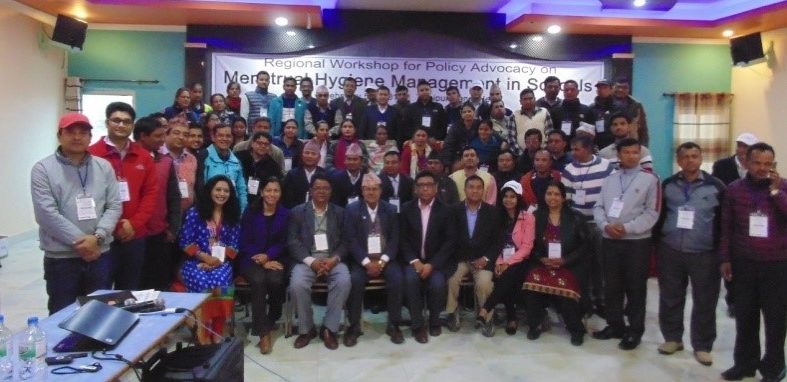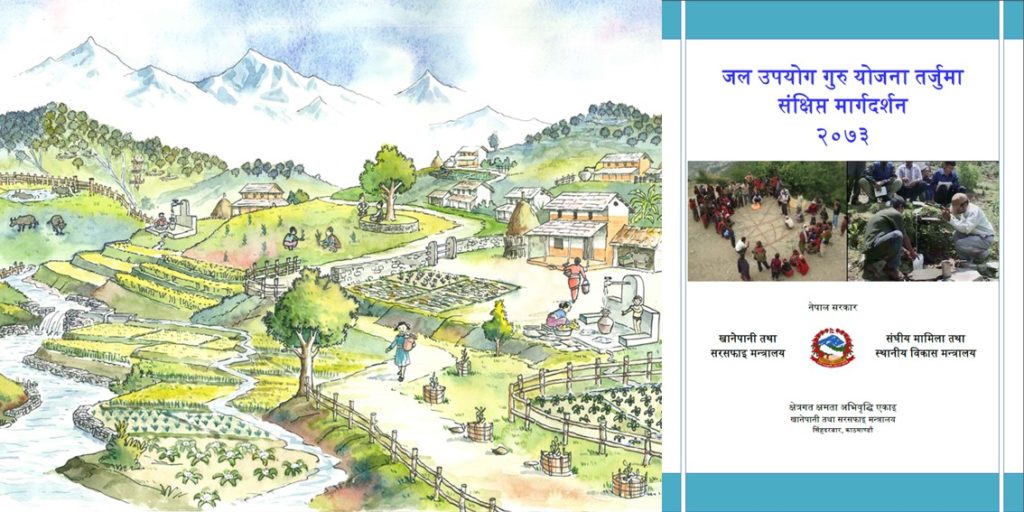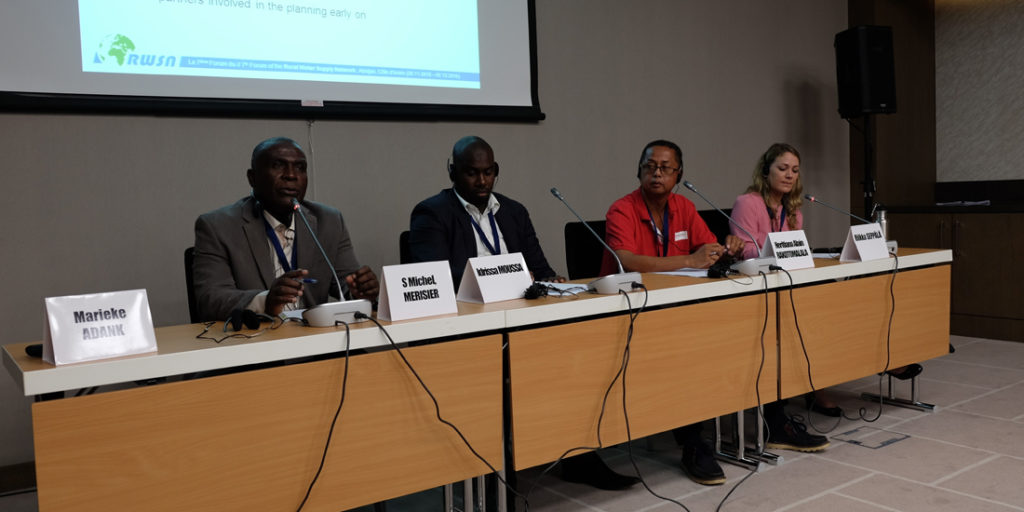We put a strong emphasis on cross-sector advocacy and policy development as a way to sustain and scale up promising approaches for institutional and community WASH. This includes creating the evidence base for shaping policies promoting in particular the realization of the human right to water and sanitation and the strengthening of local capacities. Moreover, interventions related to advocacy and policy development aim at strengthening the voice of civil society, for example by supporting processes to ensure that the voices of civil society leaders are heard and acted on at local, national, and/or global levels. Finally, advocacy interventions also aim to enhance the visibility of good practices developed by Swiss NGOs (Non-Governmental Organisations).
We support existing organisations and networks in their advocacy efforts rather than building parallel structures. In case there is no advocacy network or body, the Consortium can also directly carry out advocacy activities in view of contributing to the development of the policy framework. Additionally, we concentrate our interventions on evidence-based advocacy: identifying lessons learnt from the Consortium projects, documenting them and feeding them into platforms and discussions to contribute to shaping standards, norms and strategies. Finally, joint advocacy activities at country level (or at least coordination of advocacy activities) are encouraged.
Consortium advocacy efforts are built on the Six Key Elements of Successful Advocacy, and supported by the Consortium’s Advocacy Advisor. Those Six Key Elements are described below:
Message/ Request
What is the WASH challenge or issue to be solved? What needs to be done? What are the solutions? Is there a need for a new law, policy, budget line, or other solution, and at what level – local or national? Each of these six key elements is vital, and none of them work without the others, but this is number one for a reason. We need to advocate for the most appropriate, actionable solution(s). The choice of the message/ request will affect all other elements.
Target/ Decision Maker
Who are the targets of this outreach or intervention? Who are the leaders and decision makers who should be influenced or convinced? The community's answers to the above question will determine both the targets and the next steps.
Messenger(s)
Who is the person(s) chosen to deliver the message/ application to the target? Please consider: Who do your targets trust the most? Who do your targets listen to?
Timing
When is the right time to take the action, or to deliver the message/ request on the issue? Is there a time in the coming months that is particularly good for launching such an advocacy effort, or implementing a key activity?
Platform/ approach
What type of communication efforts will be most appropriate given the local context? Consider: Grassroots advocacy and/or high-level advocacy? What will be most effective, given the way your target(s) and community operate?
Follow up
Advocacy project teams often work directly with local leaders. What actions can you take to ensure that voices of these leaders begin and continue to speak out in favour of the desired change? How can you strengthen local voices early in your project to ensure that advocacy continues long after the project officially ends? It is important to think about follow-up from the beginning of the project, or these efforts may disappear when the project concludes.
Finally, as the above advocacy approaches indicates, Consortium members are facilitators of advocacy. SWSC will not be in any country or community indefinitely. Our work in advocacy is designed to catalyse, trigger, support, complement local, systemic advocacy approaches.


